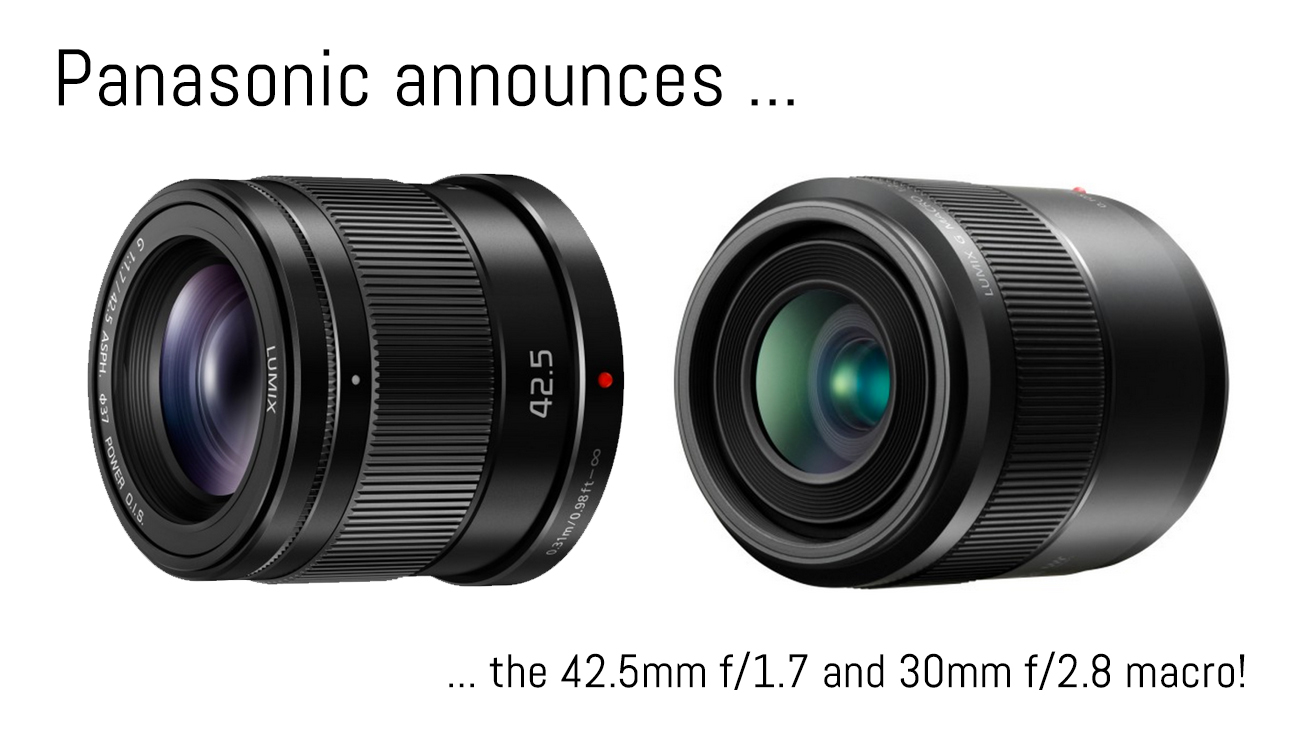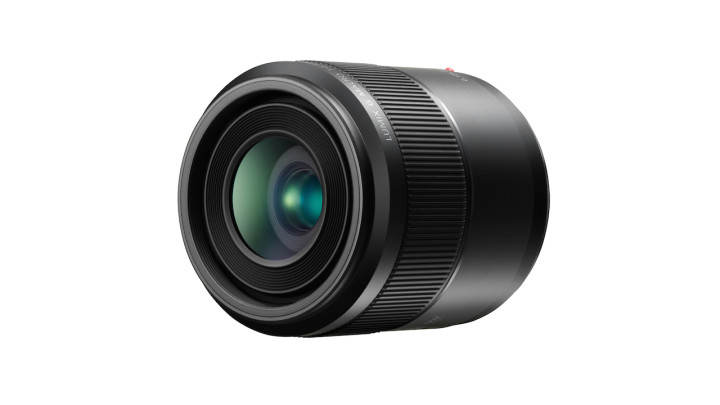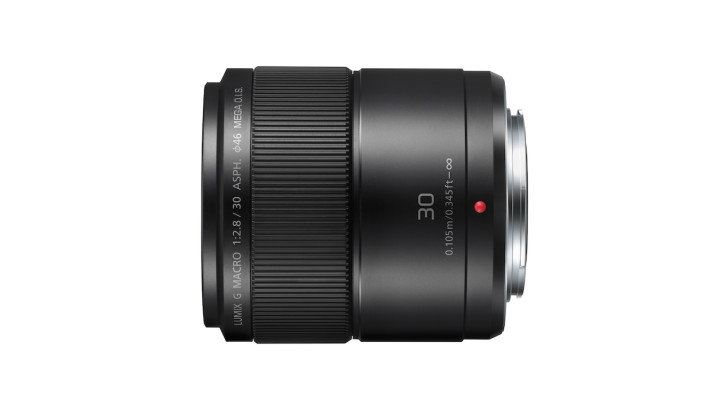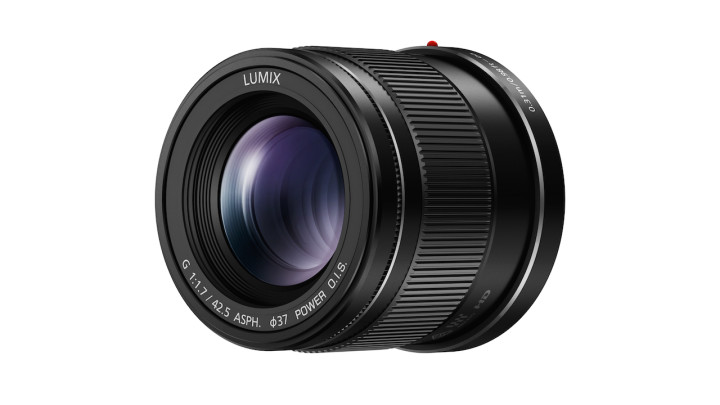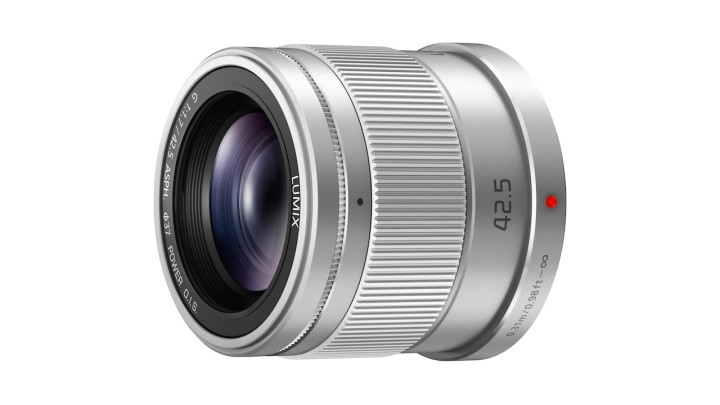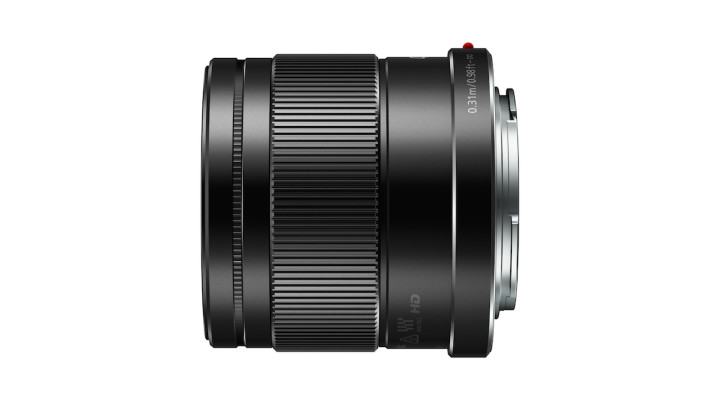At the very end of the CP+ show in Japan, Panasonic surprised us all by announcing two new prime lenses: the 30mm f/2.8 Macro and the 42.5mm f/1.7. The first becomes the third native macro lens for the Micro Four Thirds system while the second lens will certainly attract lots of attention because it goes into direct competition with a lens that gives you the best bang for your buck, the M.Zuiko 45mm f/1.8.
The Lumix G 30mm f/2.8 macro
Announced with a price of €399, the lens does not promise to be cheap and this is mostly due to its construction: it has an all metal build, optical stabilisation (MEGA O.I.S.) and a fast autofocus drive motor. It includes a 1:1 macro ratio with a minimum focussing distance of 10cm and multi-coated lenses to minimise flare and reflections.
The lens is the second macro lens designed by Panasonic and the third in the Micro Four Thirds system. It has a shorter focal length (60mm equivalent on full frame) than either the Panasonic Leica 45mm f/2.8 or the Olympus 60mm f/2.8.
The Lumix G 42.5mm f/1.7
This second lens might be the most interesting. We already know how good its bigger and more expensive brother, the Leica Nocticron 42.5mm f/1.2, is. (Check out our review here). It is a lens that many photographers praise for its stunning image quality but this doesn’t negate the fact that it is a very expensive piece of equipment that only professionals would normally consider. Instead, by announcing the 42.5mm f/1.7, Panasonic decided to go head-to-head with one of the best portrait lenses in its category, the Olympus 45mm f/1.8, an inexpensive option with great performance.
The lens has some interesting characteristics: it has a metallic finish and a minimum focus distance of 30cm, two things that make it superior to the M.Zuiko version. Of course we will have to wait and judge the IQ before coming to a conclusion. The new Panasonic lens also has optical stabilisation, something that the Olympus lens was obviously lacking but remains important for Panasonic users who own bodies without internal stabilisation.
The lens is set at a similar price to the new 30mm, so you might find the Olympus 45mm for a lower price. This makes sense since the Panasonic lens has been just announced while the M.Zuiko lens has been around for years now.
Both lenses will be available in May 2015 according to the press release and will come in black and silver. You can check out the two lenses on the official Panasonic website.
Are you curious about these two new lenses? Tell us what you think!
